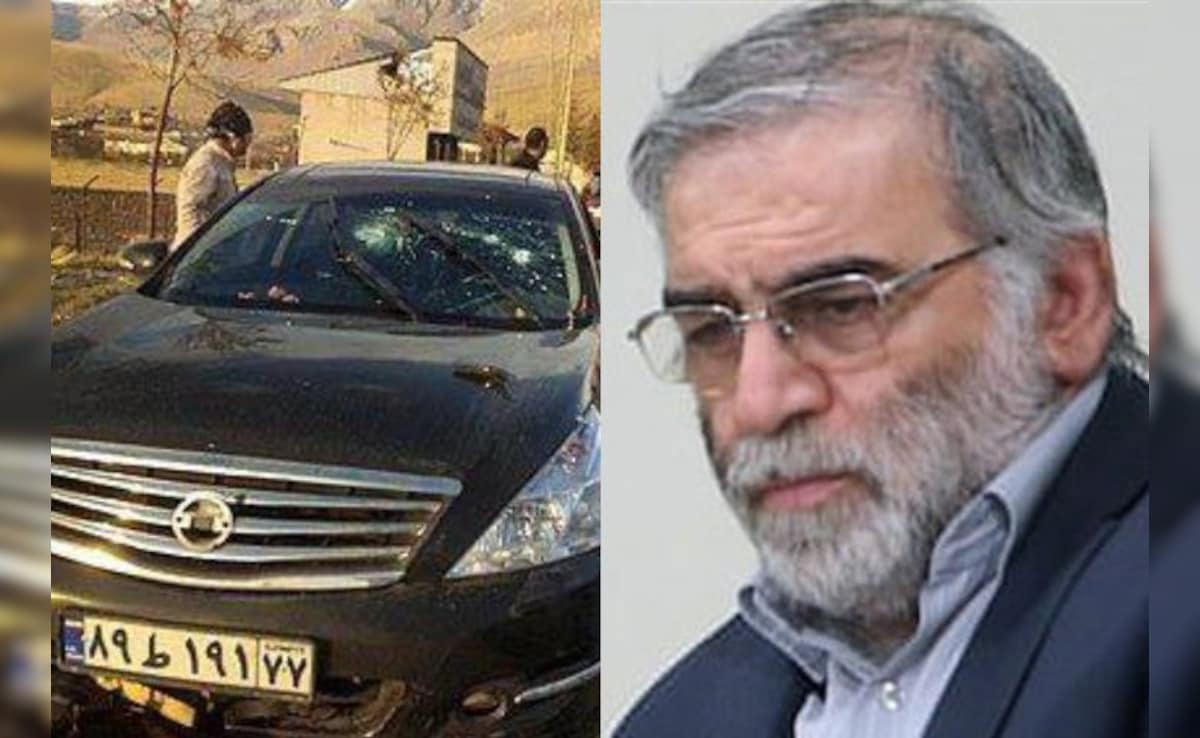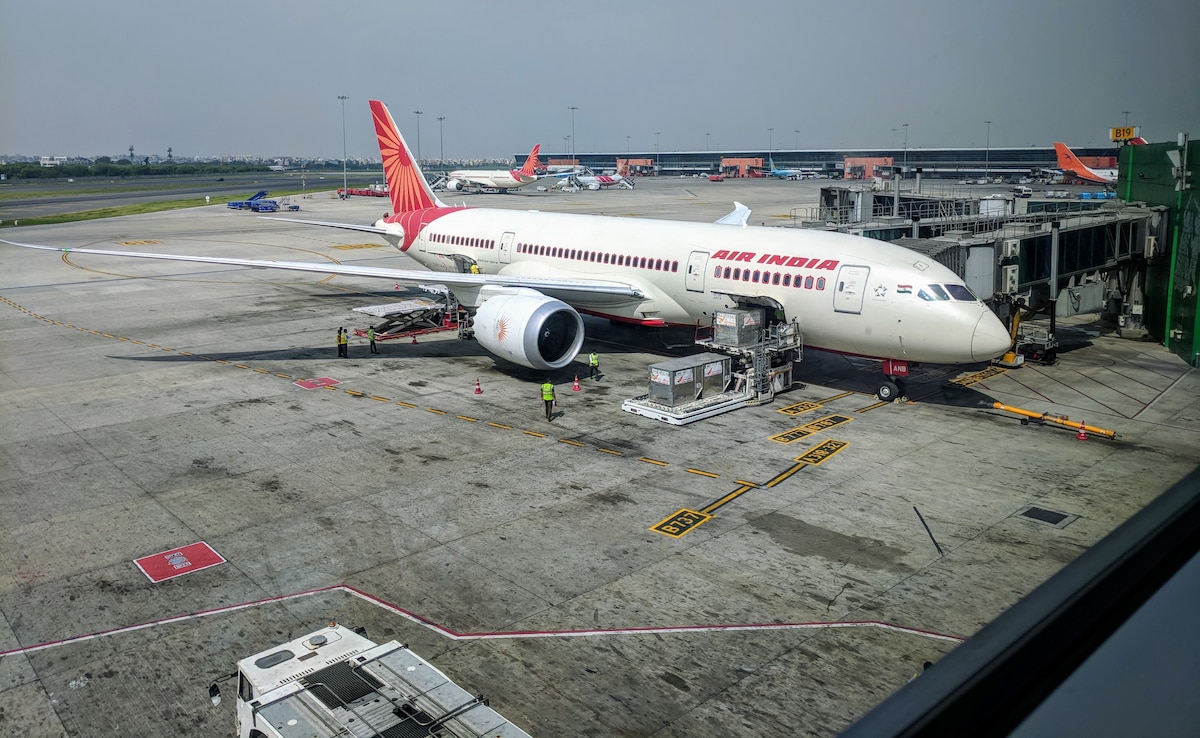When Israeli missiles rained on Iran’s nuclear facilities this month, Fereidoun Abbasi, the former head of Iran’s Atomic Energy Organisation, was among the high-profile casualties. He once laughed off fears of assassination and famously said he would “gladly build nuclear weapons if asked.” He survived a targeted killing in 2010. This time, he did not.
But for many in Iran and beyond, his death reopened an old scar.
It pulled the world’s attention back to the assassination of Mohsen Fakhrizadeh, Iran’s top nuclear scientist.
The Phantom Scientist
For years, Mohsen Fakhrizadeh was little more than a name in classified reports. Western intelligence believed he was the mastermind behind “Project Amad,” Iran’s covert effort to build a nuclear bomb in the early 2000s. In public, he was invisible. No speeches, no interviews and almost no photos. He was even referred to as Iran’s Robert Oppenheimer.
So shadowy was his presence that even when the 2015 Iran nuclear deal was signed, his name was too radioactive to mention. He was referred to as the “father of Iran’s nuclear programme” by Western intelligence agencies and Israeli officials.
In 2018, Israeli Prime Minister Benjamin Netanyahu flashed Fakhrizadeh’s name on national TV during a dramatic reveal of stolen Iranian nuclear files. “Remember that name,” he said.
For anyone paying attention, Mohsen Fakhrizadeh had a target on his back.
The Assassination of Mohsen Fakhrizadeh
On November 27, 2020, Mohsen Fakhrizadeh was travelling with his wife and bodyguards toward their villa in the town of Absard, east of Tehran. It was a familiar drive, routine, even. A convoy followed at a distance.
Waiting by the roadside was a pickup truck, seemingly abandoned. Hidden within it, was a 7.62 mm FN MAG machine gun, rigged with facial recognition AI, satellite links, and explosives. No agents were on the ground.
According to Iranian officials, the weapon was linked via satellite to its operators, believed to be Israeli agents outside the country.
As the convoy slowed near a speed bump, a stray dog crossed the road. Just then, the machine gun fired a burst of bullets, hitting the front of Fakhrizadeh’s car below the windshield. The car swerved and came to a stop.
A second round of fire shattered the windshield, hitting Fakhrizadeh at least once in the shoulder. He got out and took cover behind the car door. Moments later, three more bullets hit his spine, and he collapsed on the road. His wife, beside him, was left untouched.
Fifteen bullets were fired. The entire operation lasted less than a minute.
Seconds later, the truck exploded, the only part of the plan that failed. It was supposed to destroy all traces of the robotic weapon, but much of the equipment landed back on the ground, badly damaged but largely intact.
Iranian officials were stunned. The gun had been fired remotely, from outside the country. It was an assassination carried out by a robot sniper.
Israel’s Invisible Hand
The entire operation, from surveillance to execution, had the signature of Mossad, Israel’s foreign intelligence agency. Though Israel never officially claimed responsibility, former Mossad chief Yossi Cohen later hinted at Israeli involvement, calling Fakhrizadeh a legitimate target.
According to later reports, Mossad agents had tracked Mohsen Fakhrizadeh for months. The equipment was smuggled into Iran in pieces, assembled in-country, and tested in secret.
It was perhaps the most advanced targeted killing in history.
According to Brigadier General Ali Fadavi of Iran’s Revolutionary Guards, the weapon targeted Mohsen Fakhrizadeh with “such precision” that it struck only him while leaving his wife and guards unharmed.
The event also hardened Iran’s position internationally. Talks with the US and European powers stalled. The regime accelerated uranium enrichment. And within Iran, hardliners gained momentum. The hopes of nuclear diplomacy also took a hit.




